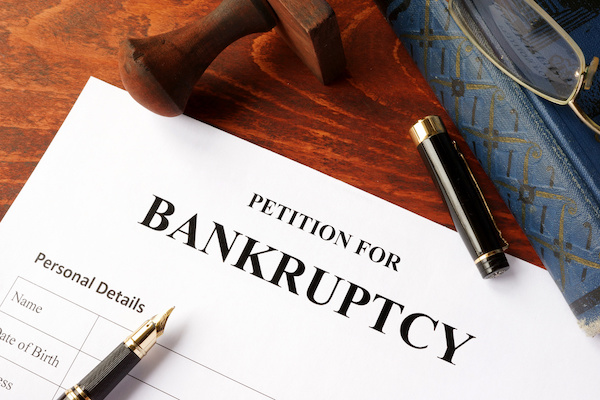What Is An Emergency Bankruptcy Filing?

In this article, you'll learn what an Emergency Bankruptcy Filing is, when you might need one, how they work, and how much it costs - plus some tips on how best to proceed if you're considering filing for emergency bankruptcy.
What Is An Emergency Bankruptcy Filing?
An emergency bankruptcy filing is a process that allows you to file for bankruptcy without having to wait the usual period between filing and being eligible to file. You can file an emergency bankruptcy petition if you have a serious problem that threatens to make it impossible for you to pay your bills.For example, if you're behind on rent and utility bills and are facing eviction because of this. Or maybe the hospital has threatened to sue you because of unpaid medical bills or a medical device loan. If either of these things happens, then they may cause a significant upset to your well-being. These sorts of problems could, however, potentially be solved by filing for Chapter 7 liquidation or Chapter 13 reorganization, or both, or in other words, emergency bankruptcy.
Depending on your state, processing a filing can be confusing and may differ. For example, if you're in the Sunshine State, you could ask a Florida Bankruptcy Attorney to advise you on your options.
When Do You Need To File For Bankruptcy
If your expenses are more than your income, and you have no way of increasing or reducing your expenses, then it’s time to start considering a bankruptcy filing. If that isn't the case, but you are facing foreclosure, repossession, wage garnishment, or creditor harassment, it's also time.Bankruptcy can help people living paycheck-to-paycheck suddenly find themselves over their heads with bills they cannot pay. It also helps those who have already fallen behind on their bills and have nowhere else left to turn but filing bankruptcy protection.
The Difference Between A Normal And An Emergency Filing
An emergency bankruptcy filing is the last resort. It's for people who are at rock bottom and have no other options. Someone files an emergency bankruptcy filing with no income, assets, or hope of getting them back. For example, they may be homeless or a student who hasn't been able to find work in their field and has run out of money. Or maybe the person's house was foreclosed upon while they were away serving overseas in the military; who now has no home and nowhere to go but the streets.The Requirements For Emergency Bankruptcy Filing
You need to have a good reason for filing for emergency bankruptcy. The first requirement for filing is that you must have a legitimate reason for needing a court order from the bankruptcy court. It doesn't mean that it has to be an emergency, but instead, there should be some urgency in your situation, such as a serious illness or injury that has caused an unexpected financial hardship, a car accident, or another type of property damage, as well as a job loss.What You Need To Know Before Filing
Before filing for bankruptcy, it's important to understand your options. You should always research the consequences of filing for bankruptcy and consider other alternatives to bankruptcy.Filing for bankruptcy can be confusing and overwhelming if you don't know what you're getting into—but there are ways to ensure everything goes smoothly during the filing process.
Get educated about your options before making any decisions about filing for emergency bankruptcy protection. The longer you wait, the more money you will likely have to pay back your debts over time. Interest continues to accrue on these bills while they are being settled in court proceedings or settled with creditors outside of court, depending on which type of debt relief hearing is being held.
How To Process An Emergency Bankruptcy
If you need to file for bankruptcy but don't have the money to hire a lawyer, you can still do so. However, because there are many different types of bankruptcy and laws regarding them, it's important to research the process beforehand and know what you need to do to file successfully.There are two main types of bankruptcy: Chapter 7 and Chapter 13. In general terms, Chapter 7 allows for the liquidation of assets to pay creditors, usually real estate and car titles. In contrast, Chapter 13 is designed for individuals with regular income but high debts due to medical bills or other significant obligations outside their control.
You can also file an emergency filing either by phone or online; however, these must be done within 90 days after your discharge date if they are being processed as an emergency case, which means that all debts will still be discharged.
Conclusion
If you're facing financial distress and cannot pay your bills, an emergency bankruptcy filing may help you get out of debt. But remember that this process is not suitable for everyone or every situation. If you're considering filing Chapter 7 bankruptcy, it's important to talk with a licensed attorney who can help you understand your options and make sure an emergency bankruptcy filing is the best choice for your situation. Good luck!Do You Need An Attorney?
If so, post a short summary of your legal needs to our site and let attorneys submit applications to fulfill those needs. No time wasted, no hassle, no confusion, no cost.

